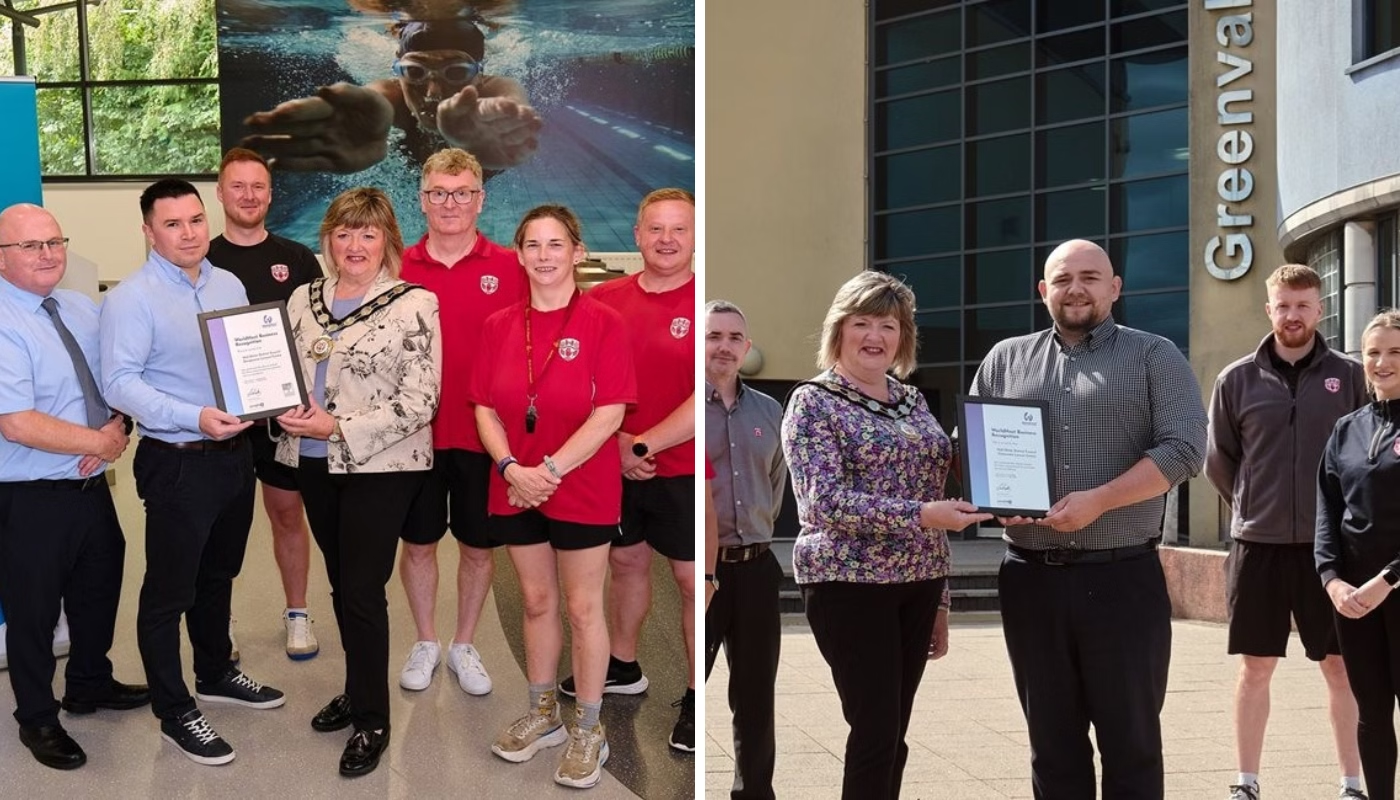
7 tips for setting up a successful in-house skills academy
 Mark Smith, International Expert Trainer and Curriculum Writer
Mark Smith, International Expert Trainer and Curriculum Writer
In an era where skills gaps are widening and employee expectations are evolving, businesses must find cost effective, innovative solutions to engage and develop their workforce.
Enter the implementation of an in-house skills academy, a strategic internal learning ecosystem designed to equip employees with the knowledge, skills and behaviours they need to thrive in your organisation.
Creating a skills academy isn’t just about repackaging existing training materials. It is a strategic move that brings both immediate and long-term value to your organisation. When done well, a skills academy aligns with business goals, embeds a culture of continuous learning and becomes a driver of engagement, retention and performance.
People 1st International has collaborated with many organisations to help them either introduce a skills academy model or enhance the quality and/or performance of an existing academy. Here are some of our key recommendations to ensure your in-house academy is both effective and sustainable.
1. Start with a strategic purpose
Every successful in-house academy begins with a clear and compelling ‘why’. Is it to support business transformation? Accelerate leadership development? Build digital fluency? Or tackle frontline skills gaps? The clearer the business case is, the easier it will be to secure budget, set priorities and measure impact.
The academy should be designed to solve real business challenges rather than providing generic training. This means aligning objectives closely with organisational strategy and goals. A solid starting point is to identify skill gaps or potential risks in areas of business growth or expansion, where enhanced capabilities will drive competitive advantage.
In Uzbekistan we supported the setup of the Meros Pharm Training Academy and our first step was the establishment of clear objectives. Key stakeholders invested time in defining these objectives, which focused on providing foundational training for entry-level staff, enhancing employability through qualifications, meeting all stakeholder needs and continuously adapting training for long-term success.
2. Engage leadership early
Sponsorship at senior level is critical. Leaders do more than approve the budget to make it happen; they help embed learning into the culture of the organisation. A visible, vocal leadership team that champions development will help the academy gain traction and credibility.
To help gain buy-in, senior stakeholders should be involved in shaping the vision and priorities of the academy. Key questions to consider include: What are the must-win challenges for the business? What skills do we need now and in the future? What does ‘good’ look like in terms of capability?
When we partnered with the Hyatt Regency in Egypt we met with directors, senior and middle managers and key team members across all functions of the hotel. This enabled us to understand the business challenges, existing skills provision and training, identify key skills gaps and provide tailored recommendations for developing programmes that would drive business improvement.
3. Design with the learner in mind
An in-house skills academy isn’t just about content; it’s about experience. This means designing learning that’s relevant, accessible and engaging for the people in your organisation.
Start by understanding your learners’ roles, career stages and work environments. Consider whether they can attend formal training or need micro-learning, and whether they are tech-savvy or prefer face-to-face sessions. A mix of face-to-face workshops, peer learning, coaching, on-the-job projects, virtual sessions, and eLearning creates an inclusive, blended experience.
For example, when working with Akropolis shopping malls in Latvia and Lithuania, we helped create a new retail training academy focused on providing inclusive access to skills and employment. The academy introduced training for older workers and people with disabilities, with a blended approach that included online, workplace and in-mall training to meet diverse learner needs.
4. Build a robust operational model
A successful academy is supported by a strong operational foundation. This includes a clear governance model, well defined roles and responsibilities and an agile process to keep content fresh and relevant.
Key decisions include determining ownership and decision-making authority, deciding how programmes will be developed and delivered, ensuring quality and measuring outcomes, and selecting the platforms and systems to support delivery and tracking. Establishing clear standards and templates early on will support consistency as your academy grows.
Working with a large retail organisation in Saudi Arabia, we developed qualification frameworks and guided them through the City and Guilds accreditation process. We ensured compliance with the in-country Technical and Vocational Training Corporation funding criteria and supported trainer recruitment and development. These efforts contributed to a robust operational setup for the academy, enabling them to deliver high quality, accredited training tailored to the needs of the business.
5. Partner wisely
Even in-house academies benefit from external input. Whether it’s subject matter experts, independent training providers, consultants, digital learning providers or local colleges and university partnerships, working with the right partners can enhance the credibility and breadth of an academy.
Be selective. Partners should align with your organisational culture, have a clear understanding of your industry or sector and should complement your internal expertise. The aim is to build a tailored learning offer that reflects your organisational context and complexity, not just buy off-the-shelf programmes that ‘sort of’ fit.
During a recent project with Abou Ghaly Motors (AGM) in Egypt we partnered with three local organisations. NASS Academy were selected as an expert partner to deliver a newly developed programme for aspiring EV technicians, HELM developed a disability awareness programme that was to be delivered to the entire fleet of taxi and limousine drivers, this also included training the AGM trainers. Education for Employment-Egypt also provided support with recruiting female candidates for a women-only taxi driver training programme.
6. Measure what matters
One of the biggest pitfalls in learning and development is measuring activity instead of impact. With a skills academy, it’s essential to define what success looks like and how progress can be tracked over time.
Metrics might include skills uplift, business performance improvements, internal mobility, employee engagement and cost savings from reduced external training spend. Use both quantitative and qualitative data, such as learner feedback, pulse surveys and case studies to gain insights. Don’t be afraid to adapt your approach based on feedback and results.
At Meros Pharm, we addressed high turnover among new warehouse employees caused by the lack of a formal induction. We designed a 4-week induction covering operations, health and safety, and communication skills, and introduced workplace buddies for support. This led to an 80% improvement in retention over six months, reducing recruitment and onboarding costs.
7. Embed, don’t bolt on
Finally, the most successful academies are fully embedded into the rhythm of an organisation. They’re not a separate function but an integral part of how the business grows and develops its people.
This means aligning with performance management, succession planning and career pathways. It means collaborating with managers to create a learning culture. And it means continually reinforcing the message that workforce development is a shared responsibility with a clear focus on changing the perception of a top-down, compliance-led learning approach to a more collaborative, empowering culture of continuous learning.
Setting up a skills academy is a significant investment but it is also a powerful lever for change. The key is to be purposeful, people centred and aligned with the business. A successful skills academy isn’t just a place to train, it is a catalyst for performance, innovation and culture.



